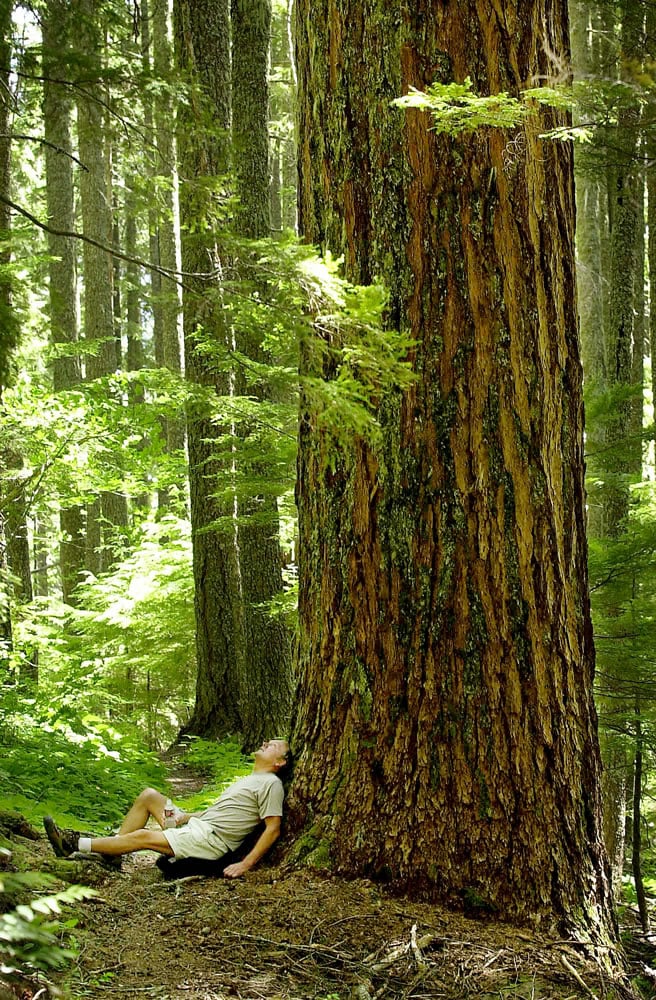The Forest Service has scored Trapper Creek, Indian Heaven and Mount Adams in the Gifford Pinchot National Forest as among the best managed wilderness areas in Washington and Oregon.
In 2004, the Forest Service issued a 10-year challenge to its staff to achieve a score of 60 points or better for stewardship of wilderness areas.
Ten elements including fire management plans, treatment of non-native invasive plants, air-quality monitoring, an education plan, opportunities for solitude, operating plans for guides and outfitters, field data collection, recreation site inventories and more are scored on a 10-point scale.
The goal is to reach a score of 60 points or better by 2014, the 50th anniversary of the Wilderness Act.
Trapper Creek scored 63 points. Indian Heaven and Mount Adams scored 62 points. Only 13 wildernesses among the 58 in the Northwest scored 60 points or better.
Trapper Creek, a 6,050-acre wilderness north of Carson, contains large stands of old-growth forest and is a key in maintaining the water quality of the Wind River. It was created by the 1984 Washington Wilderness Act.
Mount Adams and Goat Rocks wildernesses were created by the 1964 Wilderness Act, then enlarged by the 1984 legislation.
Indian Heaven is 20,600 acres containing a gentle plateau that straddles the crest of the Cascade Mountains. Created in 1984, Indian Heaven is dotted with 175 small lakes and many meadows.
Mount Adams is 47,270 acres including the 12,326-foot summit and west side of the volcano. It is strewn with glaciers, rocky outcrops, lava fields, wildflowers and contains a very popular and non-technical route to the summit, called South Climb.
In 2010, only one wilderness in Washington and Oregon scored above 60 points.
Goat Rocks and Glacier View wildernesses scored 52 points, while Tatoosh Wilderness received 50 points. Glacier View and Tatoosh were created in 1984.
Ryan N. Brown, a recreation planner for the Gifford Pinchot National Forest, said scores for Goat Rocks, Tatoosh and Glacier View improved in 2011. That’s due partially to the Pacific Northwest Strike Team, students from the Student Conservation Association who came in and collected data on impact from recreation use throughout Washington and Oregon wildernesses.
There’s still more to do, she added.
“Partnerships will be further developed and volunteers solicited to assist with many projects,” Brown said. Potential volunteers are encouraged to contact Gifford Pinchot staff if they’d like to help.
Three wildernesses in the Mount Hood National Forest — Mark O. Hatfield, Mount Hood and Salmon-Huckleberry — also topped 60 points.
The highest scoring wilderness was the Rogue-Umpqua in southern Oregon with 69 points.




